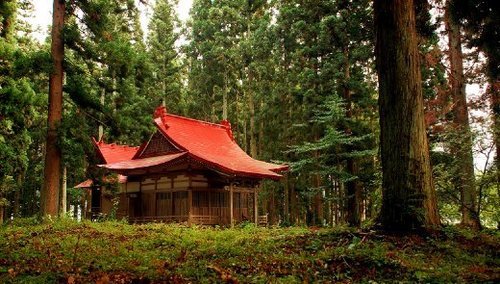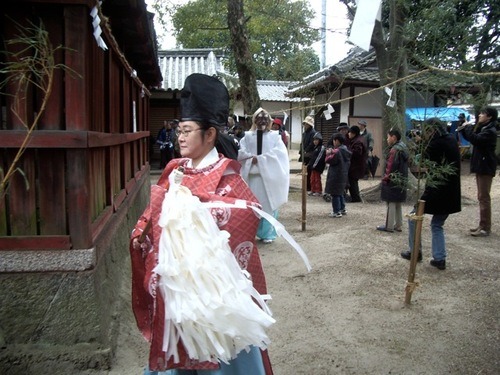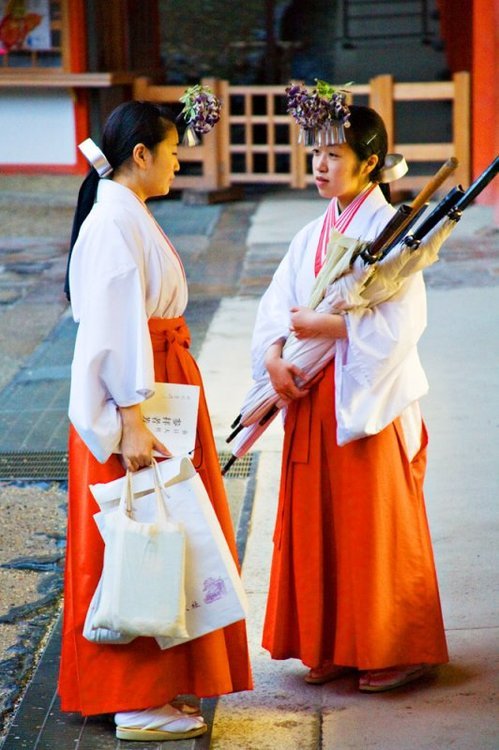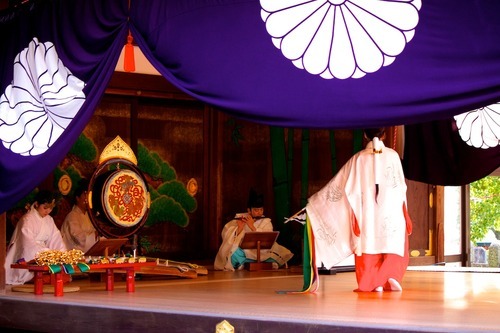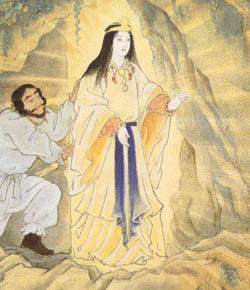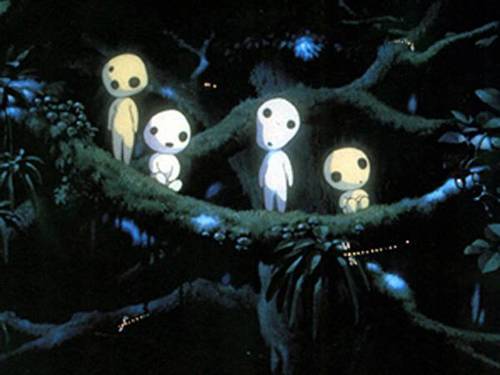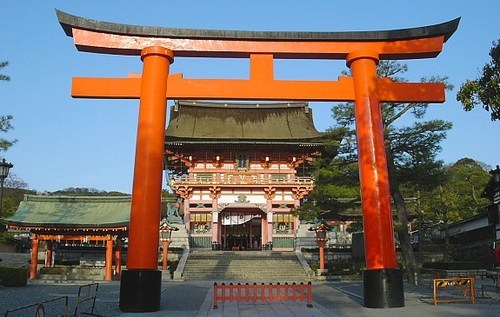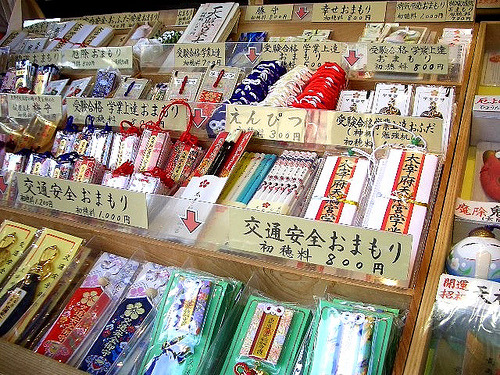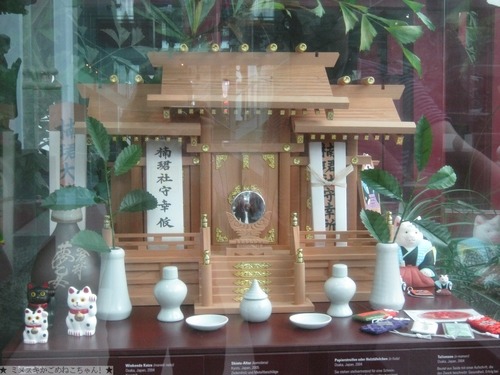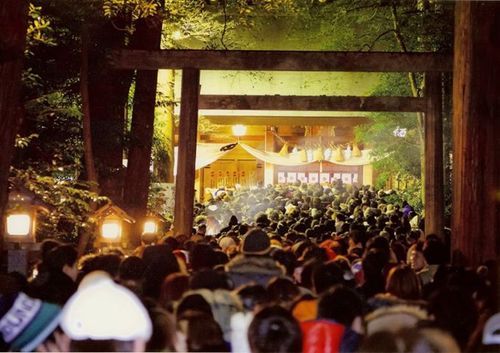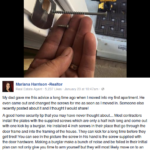You said it yourself – building trust between your characters is instrumental for what you want to happen. So let’s look at how trust is built in relationships.
1. Communication. No relationship grows without healthy, two-sided communication. So give your characters opportunities to talk to one another. If they’re not naturally chatty, force them into situations where they’ll need to or want to speak to one another.
2. Trust is based on history – not on short-term decisions. To that end, as your characters begin to develop relationships with each other, be sure that they begin to consider the consequences of their actions in the long term, and not just in the short term (unless their character dictates otherwise).
3. Be sure your characters are honoring their commitments to one another, both large and small. If someone says to another character, “I’ll keep you safe,” be sure they show that they’re helping to keep that character safe in some way.
4. Ensure that your characters are showing one another respect. Even if they don’t have respect for one another at first, this is something that can grow over time. Gimli and Legolas don’t respect each other’s mutual races at first, but getting to know one another allows them to gain a respect for each other’s heritage despite their initial heritages in LoTR.
Above all, remember that relationships are a constant work in progress. So as you’re building your plot, remember to also be building your relationships. You may even build a chart for each relationship that coincides with the plot, and scribble in notes that help you figure out what should happen with each relationship so you can be sure to write in certain details and moments to help with the development of their relationships as you go along. Ultimately, it’s all about remembering to let the relationships constantly grow, along with the characters.
Month: January 2016
Are the wraps helping? Have you noticed a difference?
Yes and yes. I have been using just the calf wrap (thigh is coming later this week, I think) on my right leg, and it has stopped it from being in pain. It’s heavy, but my leg doesn’t feel swollen, if that makes sense. Like double bagging a grocery bag, almost. And coupled with lying on the couch with my feet up for a couple of evenings, and wrapping during the day, I’ve had to run to the bathroom every hour. Which is annoying, but great.
My leg is much smaller than it was even just two days ago. It also hurts way less than my left leg, which has never been quite as bad as my right. I hope I can order more wraps soon.
And here I get long-winded about lymphedema. TL;DR: yes, the wrap is great.
The lymphatic system is like a bunch of roots that go all over your body. Its job is to circulate all of that water that humans are made of. Going in, it drops off proteins and nutrients, going out, it washes the debris and bacteria away. But, just like roots, if the lymphatic system is damaged (through injury or, in my case, radiation during cancer treatments), it stops being able to do its job so well. It delivers the fluid and then the fluid just sort of… sits there. And the longer this goes on, the more damaged it gets, the harder your heart works, the more your skin stretches… and pretty soon you can get lesions and super bad infections and blood clots, etc, because your muscles and skin are saturated with this dirty protein water. Super gross.
It can’t be cured because they have no idea how to repair the tiny little fragile lymphatic veins. They’re working on it, sure, but right now, all we can do is drain and compress.
Draining is done with massage (manual lymphatic drainage/total decongestive therapy) by a specialized therapist. You can also do dry brushing yourself, massaging the skin to get the fluid to go back toward your heart. Gravity helps, putting your legs above your heart for long periods of time. That makes your legs more squishy and stuff, but the skin is still stretched out and the lymphatic system is still just gonna drop more fluid down there. So you moisturize your skin to try to get it healthy, elastic, and tight again, and put on a compression wrap (or sock, if your leg is small enough) so that the lymph fluid CAN’T JUST SIT THERE; there’s NO ROOM. This enables you to sit at a desk and stuff and your leg is like ‘man there’s lots of pressure, just gonna push that lymph fluid away.’
Lather, rinse, repeat. Every day. For the rest of your life.
Someone bring me some french fries.
And like 20 tacos.
Honestly, Rick Rolling is the best practical joke ever. Like, there’s nothing offensive or mean spirited about it. It’s just like “Oops you thought there would be something else here but it’s ‘Never Gonna Give You Up’.” which isn’t even a bad song. It’s fairly enjoyable to listen to. There’s no jumpscares, no screaming, no ill will. Just Rick Astley telling you he’s never going to give you up. I think that’s great. “You fell into my trap! Here, listen to this completely benign song that will have no negative effect on you.”
I wish this were true. There’s a really good article about the problems inherent with rickrolling here.
Very interesting. I never thought about that and now I feel bad.
Man, that sucks.
@anyahatesbunnies finished her first FULL DRAFT of her latest novel today. OMG. So proud.
Meanwhile, I’m looking at convention fodder for next year instead of working on my current book. Or portfolio. Or commissions.
Uhm.
my cats are stinky babies
Shinto 101
Hello!
As someone who grew up with Shinto (along with Buddhism and Catholicism) and also currently a miko at my local shrine (of the Konkokyo branch) I figured I would like to give a basic intro to Shinto most online sources (Even books) are misinformed about or lack, or misunderstood in a Western setting.Any other Shintoists/Konkos/etc. that would like to contribute to this guide, please feel free and reblog to your heart’s content! 🙂
——
What is Shinto? Am I allowed to join? Are non-Japanese people who worship native Japanese gods (*kami) still considered Shinto?
Shinto is not really a religion, but a system of Japanese pagan worship of the local nature/worldly deities. Basically just a system to honour the spirits of Japan and the world. People built shrines for these spirits/gods (called kami) and left offerings for blessings. Eventually, shamans began to communicate with the kami and learned more about them, and are recognized as the current kami of today.
Presently, Shinto is majority traditional than spiritual in Japan. Many people only go to shrines out of tradition (Festivals/Matsuri, New Years, Weddings, etc) , an excursion, or a “good luck wish” place (Asking to pass an exam, asking for a baby, etc). Many people, even the priests or mikos at some shrines, aren’t even sure the god of that shrine really exists. But that’s not the point. The point is just to continue on tradition and go by feeling and energies of that place. Indeed, shrines are also good for the soul to visit.
However many spiritual people inside and outside of Japan still exist. These are shamans and people who can hear and feel the gods and act as their caretakers and devotees.
YOU ARE ALLOWED TO BE SHINTO! ANYONE IS! 🙂 Even if you don’t have a drop of Japanese blood in you or you’ve never even been to Japan!!!!
(Rev. Koichi Barrish, of Tsubaki America Jinja and visitors)
I cannot stress this enough!!!!! Many materials on Shinto are ruined by the Western understanding of Shinto from World War II era, namely Kokka Shinto. This Shinto was Japanese propaganda to exclude foreigners. PLEASE understand, this is not true Shinto
Shinto is simply the worship/reverement and appreciation of nature and/or the kami of Japan and giving them an altar/shrine and (optional) offerings. Even if you just feel close to a kami and adore them, or just feel the vibrations of nature and adore nature, you are already (or can be considered) a Shintoist! It’s as simple as that 🙂 Many people are Shinto without realizing it.
Are only men allowed to be priests? What are miko?
Men and women are allowed to be priests/priestess. They can also get married and have children! Their role is to command the rituals and maintenance of the shrine. It gets a little more complicated though.
Every shrine has a head priest. Their role is to set service dates, give special services, process requests and paperwork, prepare offerings, and overall caretake for the kami and shrine.
Then, there’s associate priests who assist with these duties, and also with administrative work, such as treasurer or secretary. Sometimes in smaller shrines, these are left to a certain group of trusted laypeople to work as volunteers.
After that, there’s the miko (me!). In olden days, these were women who ranked higher than the priest and could channel the gods and either be possessed (kamigakari) by, or be the mediator between god and man and deliver oracles.
I do those things now; but many miko do not. The role of a miko in modern times is simply to help clean up the inside/outside of the shrine, help serve naorai lunch and tea (lunch made from offerings), perform Kagura/Kibimai/Miko Mai sacred shrine dance offering (what I do), or sometimes even play the instruments in dance like koto or flute. (what my friends do). They also watch over omamori and ofuda that are for sale, or assist with events.
Also, as a side note, one thing Western writers write that bothers me: Virginial miko. Mikos are NOT required to be virgins, and never have. Ame-no-Uzume is the patron deity of all miko, as her dance is the origin of Kagura among other things. Ame-no-Uzume is also the goddess of revelry and sensuality, including sex. Sex is seen as a divine act and also enables one’s spiritual senses to heighten. A miko that has to be a virgin doesn’t make sense.
In the end, it doesn’t matter! Mikos were virgins, some weren’t. In fact some are even married with children. (There’s no age limit either) What matters is their heart is devoted to the kami of their shrine, and has sincere intentions to caretake for that kami.
How many kami are there? What exactly is a kami? Why are there shrines to kami?
There is an infinite number of kami, for every little thing in the world, even man-made things. Even including yourself and your body, you are a part of kami. Some kami are more powerful in nature (have more energy) than other kami, simply because they are more ancient, a spirit of a powerful physical thing (like Amaterasu and the sun) or they receive a lot of devotion and prayer (and thus, strength and support).
A kami is not necessarily a god/deity, though commonly kami = god/deity. However, kami also can mean the spirit of a thing, or the energy surrounding a place, like the kami of a tree, is a spirit of a tree, and the kami of the sun, is the goddess of the sun Amaterasu. Kami is a complex word, but in essence the best way to understand it is the context in which it’s referred to.
“The kami of the tree seems happy” – the spirit of the tree is happy
“The kami of the sun is shining brightly” – the goddess of the sun is shining brightly
“Kami are everywhere” – the gods/spirits are everywhere
Now, there’s titles to add onto the word “kami” – O-Kami, means “Great God” usually reserved for only powerful gods like Amaterasu-Omikami (greatest goddess) or Sarutahiko-no-Okami (Great god Sarutahiko). There’s also Kami-sama, which can either refer to a general deity, or, in my case, to Tenchi Kane no Kami, the deity that is the spirit of the universe itself. Thus, this Kami encompasses all the other kami as part of it. So it’s Kami-sama!
We have shrines for kami not because they really “enshrine” in the sense the kami is cooped up in their shrine and cannot leave lol. But they act as “power spots”. In the sense the kami’s essence is felt very powerful at shrines. And/or, the kami’s spirit can travel or be split to reside in the area of these shrines. Essentially, shrines are like wi-fi hotspots, the place where you’ll feel the most connection to the kami enshrined there. Home shrines/altars work the same way. The kami’s presence will be there. Usually this is done through the power of ofuda (tablets which contain the kami’s essence or have the kami’s name which draws them towards it)
(torii – that big red gate, acts as a symbol to a more spiritual area)
Do ofuda/omamori or other shrine paraphernalia really “expire”?
This is a bit controversial, so bear with me, and it’s a little secret information from a miko. They do not lose their power with time. However, they are good to keep buying to support the shrine.
The reason however shrines say to burn and renew them each year is not for only donations. Over time, the power does not lessen, but grows more powerful. If the owner is a layperson than does not know how to purify or bless, this ofuda/omamori can absorb other energies, and often can become a Tsukumogami (a youkai/spirit of an object) and loses the essence of the kami you want to worship. Therefore, you should only keep using an old ofuda/omamori if you yearly purify/bless it with the essence of it’s original kami. (I will explain in another post) If not, please just buy new ones! ;w;
How do I begin practicing Shinto or worshipping a kami? What do I need to do? Any special ritual? Do I need to go to a shrine?
Alll you need to do is feel connected to a kami, and you practice Shinto. There is no special ritual like Baptism or Buddhist vows, (well, there’s a variation, but its absolutely not a requirement). And you do not even need to a visit a shrine in your life to be Shinto.
All you need to do really is go outside and appreciate the beauty of nature. Not even that, just appreciate all you have in your home and all of your blessings. Focus on the good and positive, realize the nature of the universe, and that is practicing Shinto.
If you want to get more into it, please build or set up an altar (there are home shrines called Kamidana you can buy, but they are not necessary) And use an ofuda to attract the essence of the kami. Or even just a paper with their name, or their image. At the altar, you can leave offerings or not, but common offerings are rice, salt, water, and sake. You can leave whatever you like though, as long as you offer it with sincerity (I will go more into it on a future post)
Shrines are scarce outside of Japan, but there are a surprising number. The famous one in America is Tsubaki Jinja in Washington. Let me list a few
- Tsubaki Jinja, in Granite Falls, Washington
- Ki-no-Mori Jinja, in Salt Spring Island, British Columbia, Canada
- Shrine to Amaterasu-Omikami on Shambhala mountain center in remote Northen Colorado
- Small Inari shrine in Brooklyn Botanic Garden, New York (the National Shinto association is in New York as well)
There are also a handful of shrines in Hawaii! Taken from wiki
”
- Daijingu Temple of Hawaii
- Hawaii Ishizuchi Jinja
- Hawaii Kotohira Jinsha – Hawaii Dazaifu Tenmangu
- Hilo Daijingu
- Izumo Taishakyo Mission of Hawaii
- Māʻalaea Ebisu Jinsha
- Maui Jinsha Mission”
There are also many Konko shrines/churches (the branch I belong) all across North America, you will find a complete list here (Spans from East to West coast, across US, Canada, Hawaii, Brazil, and Korea) www.konkofaith.org*
*Note of respect: While Konkokyo has origins in and worship style of Shinto, which may be good for you in terms of spirit and comfort, it is also it’s own religion. If you visit a Konko building, please be respectful and do not assert it’s a Shinto shrine! Please have an open heart and mind 🙂
If you live in Europe, there’s a hokora (shrine foundation/worship hall) in the Netherlands, in Amsterdam. Konkokyo also has yearly London gatherings/services.
Hopefully this guide could help you be acquainted with Shintoism outside of Japan! If you have more questions, please feel free to ask me! There are also many great Shintoists already here on tumblr you can ask 🙂
Super super interesting!
Neat!










